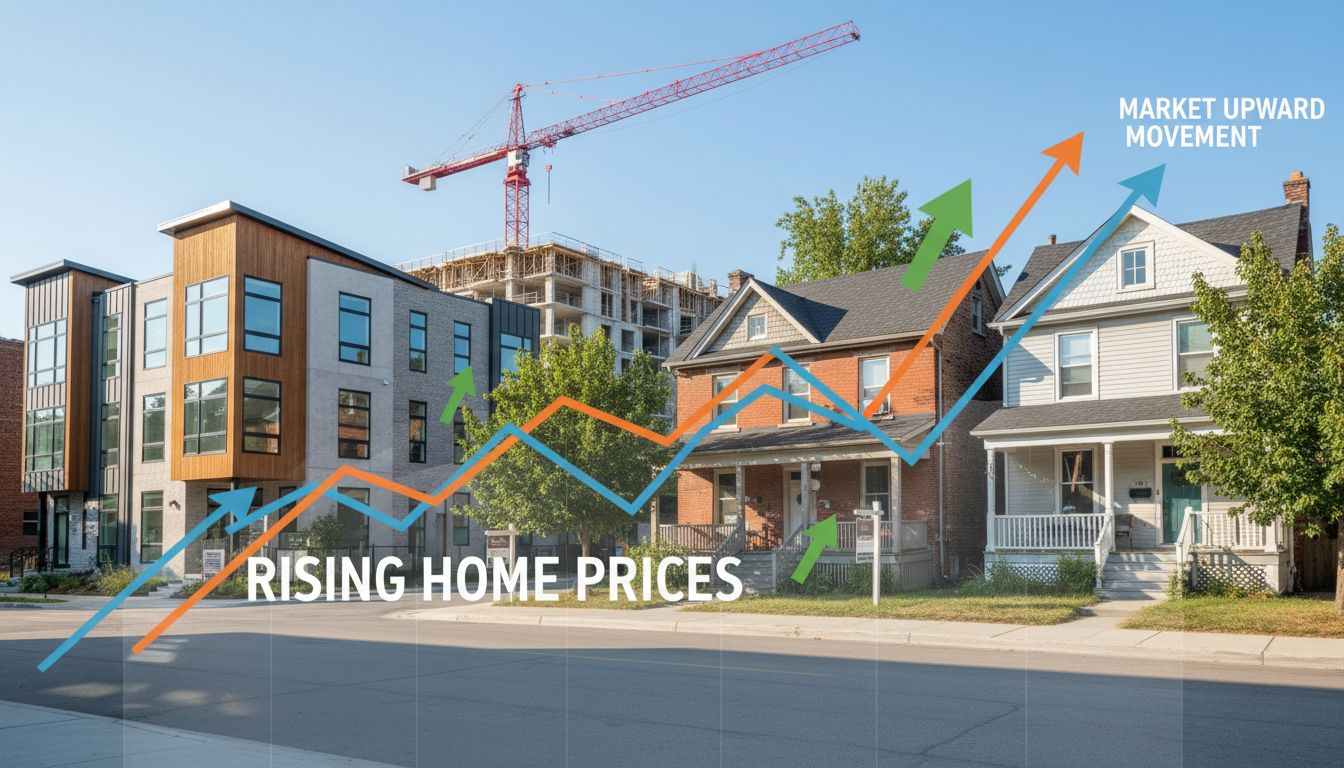Should I buy during a buyer’s or seller’s
market?
Buy now or wait? The real rule that will save you money and time
Quick answer
It depends. But here’s the rule: buy when the math and personal timeline line up — not when headlines shout. Market conditions matter, but they don’t replace strategy.
What a buyer’s market looks like
- More inventory, more choices.
- Prices soften or stagnate.
- Negotiating power: inspections, closing dates, and repairs favor the buyer.
- Longer days on market and price reductions.
Why it matters: you get tangible leverage. You can negotiate price, request credits, and set favorable terms.
What a seller’s market looks like
- Low inventory, fast sales.
- Multiple offers and bidding wars.
- Prices rise and buyers often waive contingencies to win.
Why it matters: you may pay a premium. But if mortgage rates are low and your plan is long-term, it can still make sense.

How to decide — a simple framework
- Timeline: If you’ll live in the home 5+ years, short-term market cycles matter less. Long-term appreciation often smooths temporary bumps.
- Affordability: Run scenarios with current mortgage rates. Don’t chase a market you can’t comfortably afford.
- Market indicators: Check months of inventory, median days on market, and recent sale-to-list ratios in your target neighborhood.
- Opportunity cost: If waiting saves money but costs you higher rent or missed appreciation, quantify both.
- Risk tolerance: Can you handle a brief price dip? If not, wait or choose safer options.
Actionable strategies for each market
- Buyer’s market: negotiate price and terms aggressively. Ask for repairs, credits, and extended closing windows. Use inspection leverage.
- Seller’s market: get pre-approved, remove friction (clear financing, strong deposit), and submit a clean, fast offer. Consider escalation clauses and flexible closing dates.
Metrics every buyer must watch
- Months of Inventory (MOI): under 4 = seller’s market; over 6 = buyer’s market.
- Days on Market (DOM): falling DOM suggests rising demand.
- Sale-to-List Price Ratio: above 100% = competitive market.
- Mortgage rates: they change monthly and shift affordability quickly.
Real, practical example
If MOI in your neighbourhood is 2 and rates are 7% but you plan to stay 10 years, buy only if monthly payment fits your budget including a buffer for 1–2% rate changes. If MOI is 8 and rates are 5.5%, negotiate hard — you can likely save on price and terms.

Bottom line
There’s no universal “buy only in a buyer’s market” rule. Buy when your financials, timeline, and local market indicators align. Be tactical: different markets require different playbooks.
Work with a market expert
Tony Sousa tracks local market trends daily, translates data into decisions, and helps buyers pick the right strategy for their timeline and budget. For a no-fluff market assessment and a clear buying plan, contact Tony Sousa at tony@sousasells.ca or call 416-477-2620. Visit https://www.sousasells.ca for market reports and next steps.





















